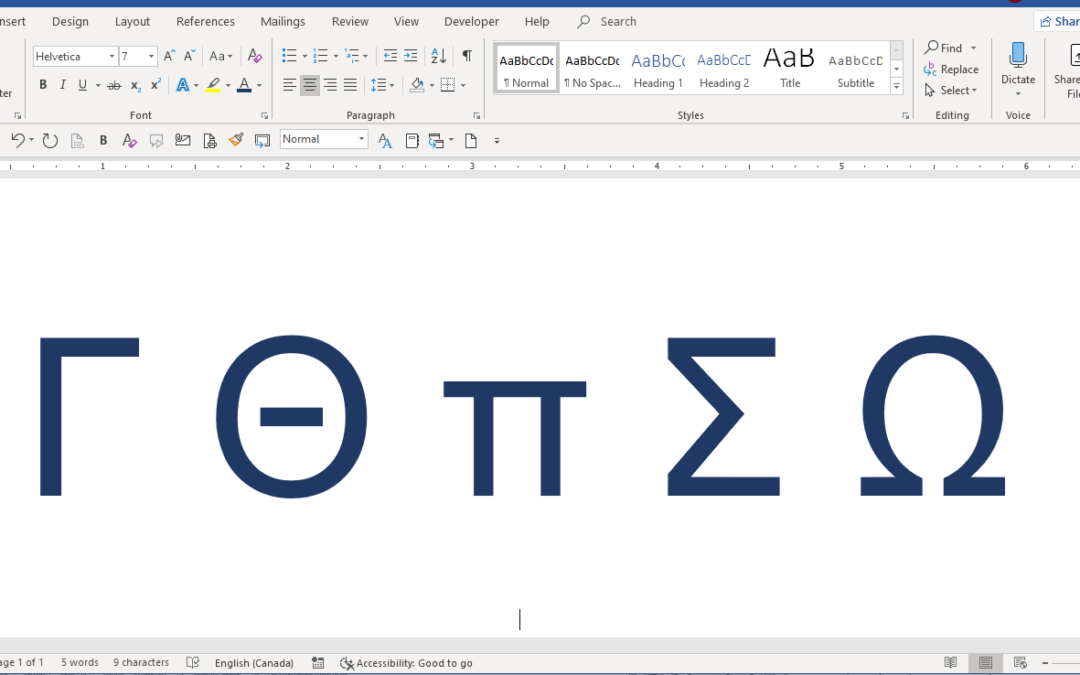

As a result, transducers model relations between pairs of strings. Then each pair forms part of not one string but two, an input string and an output string. From regular expressions to finite-state transducersįinite-state transducers (FSTs) are a generalization of FSAs, where each transition is associated with a pair of labels. And all regular expression engines use FSAs-either explicitly or implicitly-for matching. This type of state machine is known as a finite-state acceptor (or FSA) because it has a finite number of states and it either “accepts” (matches) or “rejects” a string. However, b does not correspond to a valid path because the path would terminate at state 1, which is not a final state and, moo does not correspond to a valid path simply because there is no transition labeled m or o. Since 0 is a start state and 2 is a final state, this string is a match for the regular expression. For instance, if the string is baa, then we take the following transitions: By concatenating the transition labels, we also obtain the matched string. Then, a path through the state machine is a set of transitions beginning at a start state and ending at a final state.


The following image depicts the states and transitions of our gumball machine with circles and arrows, respectively.įigure 1. turning the knob, hopefully yielding a tasty gumballĪnd, transition (A) is only possible when the machine is in state (0)-when the slot is empty-and transition (B) is only possible when the machine is in state (1)-when a coin is in the slot.In this gumball machine, there are two transitions:
#HOW TO GET THE SOMETHING ABOVE THE SIGMA SYMBOL IN WORD TRIAL#
Get a free trial today and find answers on the fly, or master something new and useful. Join the O'Reilly online learning platform.


 0 kommentar(er)
0 kommentar(er)
